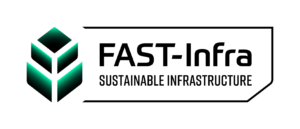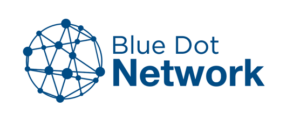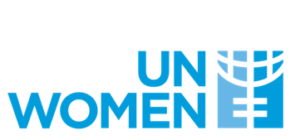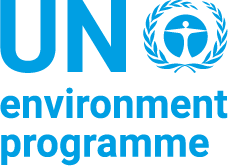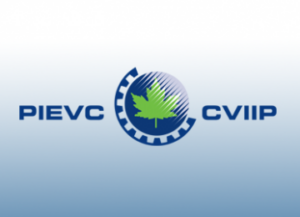
The PIEVC program comprises of a family of resources for climate risk and vulnerability assessments of infrastructure specifically designed for the needs of infrastructure practitioners that
– can be used for anything, from 1 single component of an infrastructure to an entire asset portfolio.
– can be used at any stage of the infrastructure lifecycle.
– use a threshold-based, component-by-component & participatory approach
– are ISO31000 and 14090 compliant
– Available resources (i.a.): PIEVC Protocol, PIEVC Large Portfolio Screening Manual, PIEVC Green as well as trainings on the tool
Lifecycle Phase(s): Enabling EnvironmentConditions that enable the integration of sustainability practices (regulation, laws, frameworks etc.)., Strategic PlanningPublic authorities identify the needs and long-term vision for infrastructure development., PrioritizationAuthorities decide which projects to realize and how to allocate resources., Project PlanningGeneral strategy for a project’s delivery is developed., Concept DesignTechnical experts broadly outline the project’s basic characteristics., ProcurementThe provision of goods and services to realize a project are tendered and closed., FinanceDevelopers decide how to pay for their project., Detailed DesignTechnical experts further elaborate the Concept Design., ConstructionThe asset is constructed in line with design, budget and timeline., Operation and MaintenanceInfrastructure assets are managed and maintained during their use time., Decomissioning/RepurposingObsolete infrastructure assets are repurposed, recycled or removed and the land is reused or restored.
Type(s) of Tool: GuidelinesOperationalize sustainability principles, less specific than Benchmarks or Rating Systems., Project Preparation ToolsHelp public authorities manage sustainable project preparation processes., Impact AssessmentsEvaluate the impacts of assets or policies on the environment and local livelihoods.

